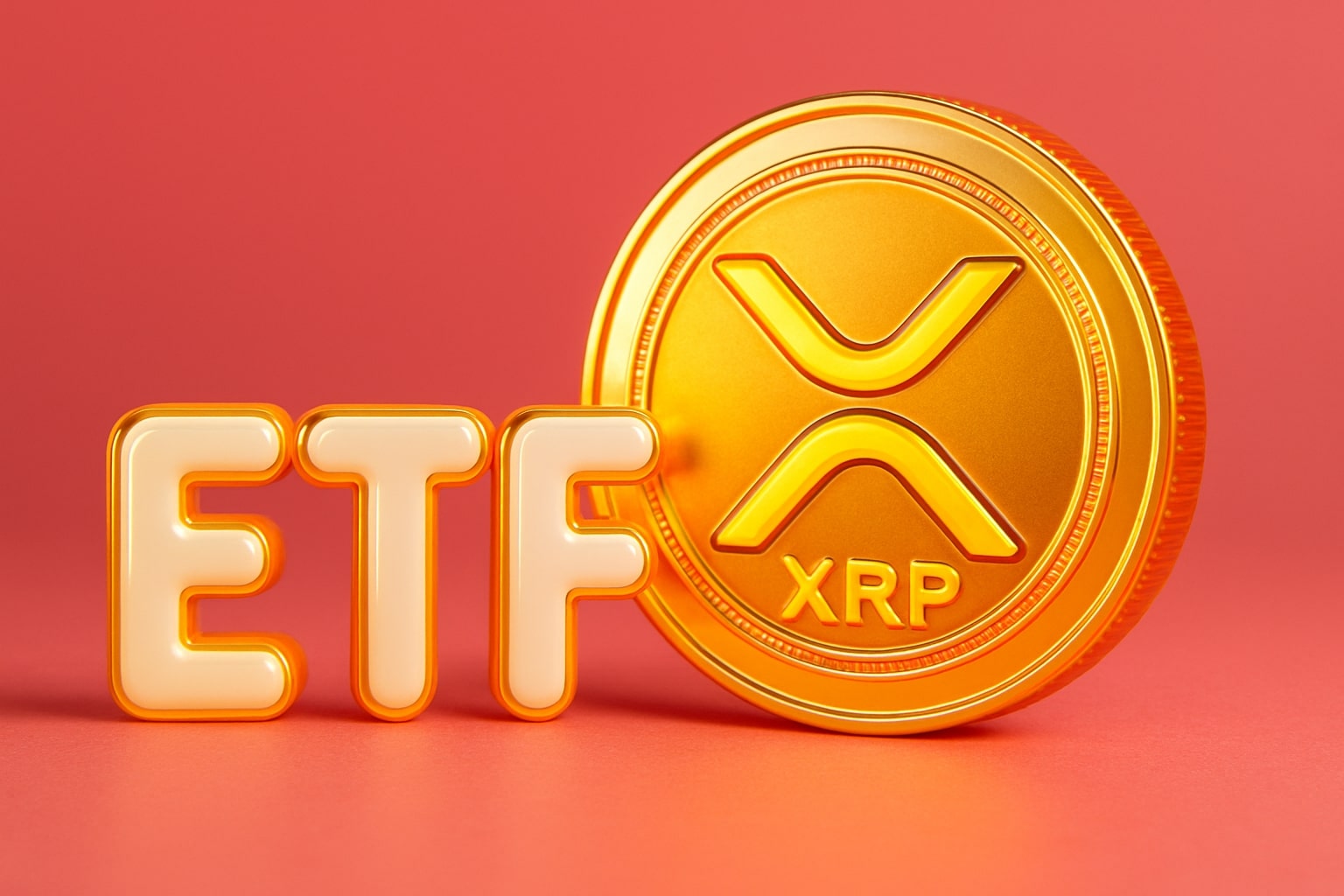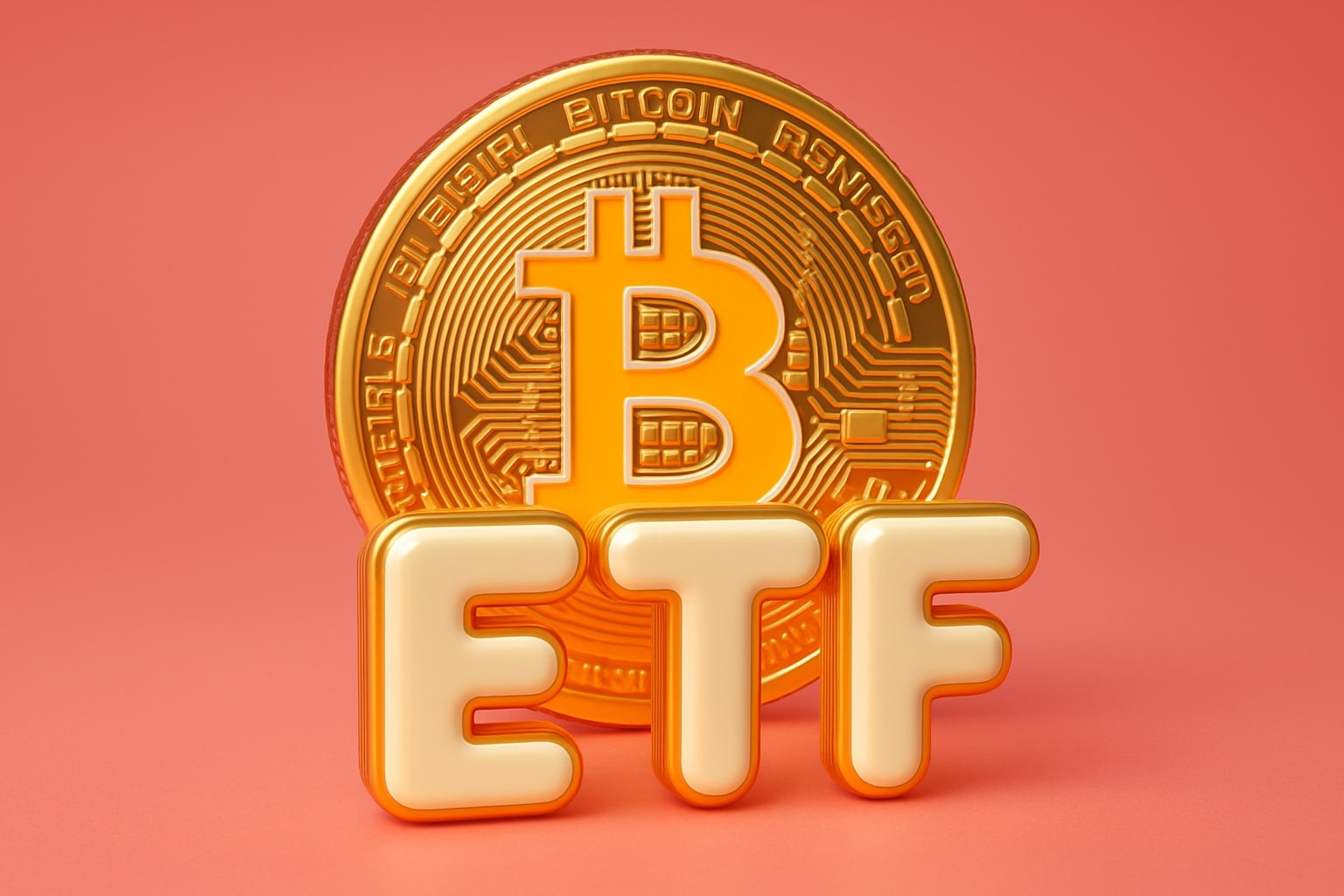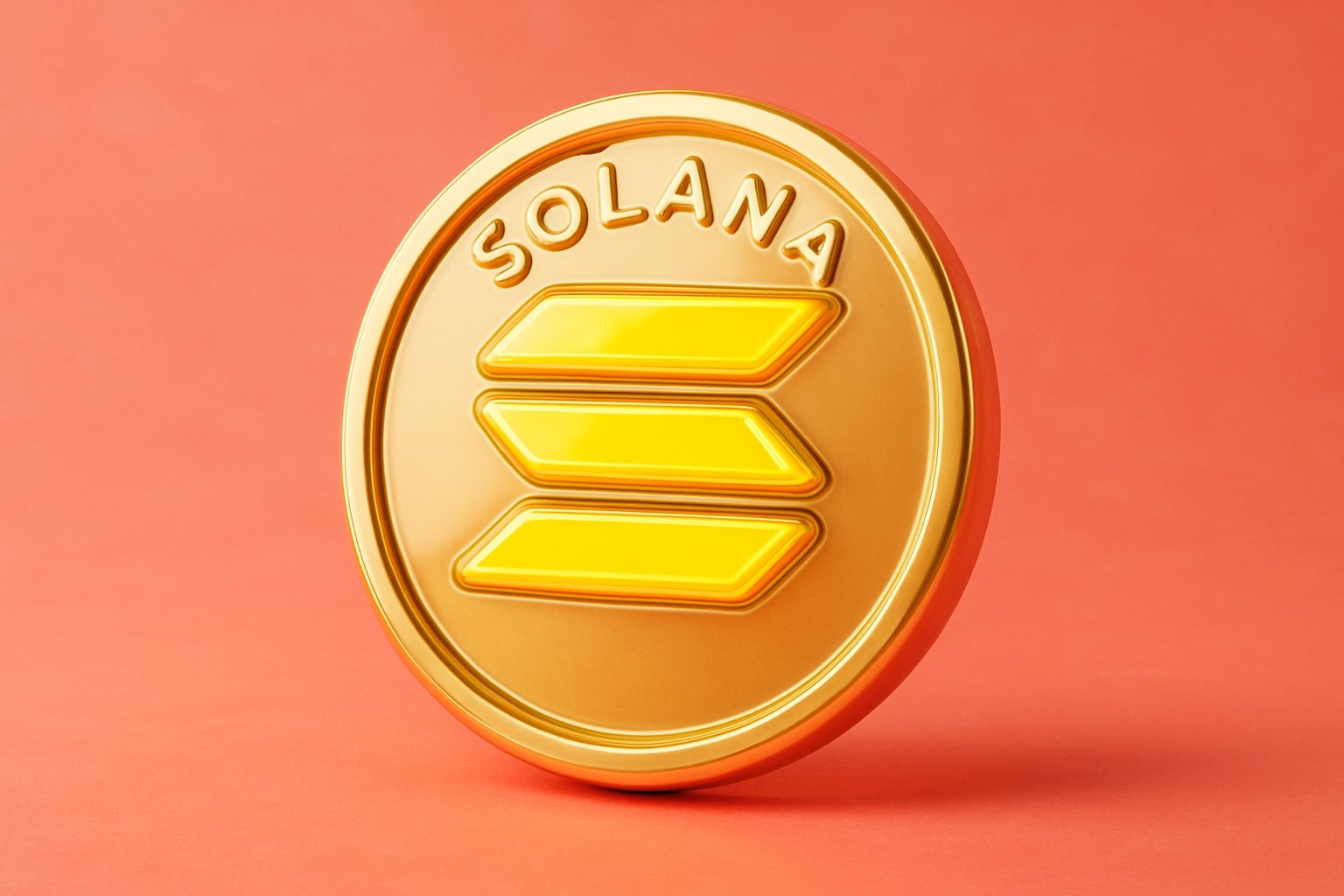
Ethereum Price Forecast - ETH-USD Reclaims $4,000 Amid Market Recovery as Bulls Target $5,000
ETH gains 3% to $4,034 as on-chain data show mixed flows, validator exits hit $9B, and traders bet on dovish Fed policy to fuel a late-year rally | That's TradingNEWS
Ethereum Rebounds Above $4,000 as Market Sentiment Turns Positive
Ethereum (ETH-USD) climbed back above the $4,000 threshold this week, trading near $4,034 after a volatile fortnight that saw two sharp dips and a swift rebound. The move follows a broader crypto market rally that lifted Bitcoin above $111,000, pushing total crypto capitalization to $3.98 trillion. ETH’s recovery represents a crucial psychological win for traders who had watched the token struggle to reclaim the $4,000 handle for weeks. The renewed momentum signals that investors are reentering the market ahead of a pivotal macro week dominated by inflation data and Federal Reserve commentary.
ETH’s advance came as buyers defended key technical support at $3,500, coinciding with the 200-day exponential moving average (EMA) and the 50% Fibonacci retracement of the summer rally. Momentum strengthened once ETH broke above $4,070, a resistance level traced back to mid-August lows. With that ceiling breached, the path opens toward $4,800–$5,000, a zone tested at the start of October when Ethereum briefly approached new highs.
Macroeconomic Tailwinds Revive Risk Appetite
The bounce across digital assets has been fueled by speculation that the Federal Reserve could deliver a 25-basis-point rate cut at its next meeting. Softer labor data, weaker inflation expectations, and dovish rhetoric from Fed officials have collectively restored risk appetite across global markets. The U.S. dollar index slipped to 98.40, while Treasury yields fell back to 4%, easing financial conditions and drawing liquidity back into high-beta assets like cryptocurrencies.
That macro backdrop was amplified by improving geopolitical sentiment. U.S. Treasury Secretary Scott Bessent is set to meet Chinese Vice Premier He Lifeng in Malaysia this week, signaling a potential thaw in U.S.–China trade tensions. A more stable global environment has translated directly into speculative rotation: Ethereum’s 3% gain Monday followed three consecutive sessions of inflows, supported by rising open interest in ETH futures and a 42% increase in trading volumes to $36 billion over 24 hours.
On-Chain Data Highlight Conflicting Signals
Despite the technical breakout, Ethereum’s on-chain data remains split between bullish accumulation and short-term caution. According to recent figures, the validator exit queue surpassed 2.3 million ETH, worth roughly $9 billion, suggesting that some long-term stakers are taking profits after a strong year-to-date run. The average unstaking wait time now exceeds 40 days, reflecting both elevated network demand and the pace of validator turnover since the Pectra upgrade improved scalability earlier this year.
Meanwhile, Ethereum-linked ETFs recorded $312 million in net outflows last week, the second-largest withdrawal since June. Although the total assets managed by these funds remain around $14.6 billion, the shift highlights waning institutional conviction at current price levels. Still, derivatives positioning has turned more neutral, and fund outflows have slowed sharply compared with September, when global macro uncertainty triggered over $1 billion in liquidations across crypto markets.
Pectra Upgrade Bolsters Long-Term Fundamentals
Ethereum’s Pectra upgrade, implemented earlier this year, continues to bolster network efficiency. The update resolved key scalability bottlenecks and cut transaction fees, enabling developers to deploy higher-volume DeFi applications at lower cost. The result has been a measurable uptick in on-chain activity: daily gas consumption has stabilized above 120 billion units, and Layer-2 network throughput now accounts for 35% of total ETH transaction volume, up from 25% in Q2.
These structural improvements support the thesis that Ethereum remains the cornerstone of the smart contract ecosystem, even as newer blockchains compete for market share. Institutional players have slowly resumed accumulation after the September liquidation wave, with ETH futures positioning shifting back toward neutral and long interest rebuilding among major trading desks.
Read More
-
PPA ETF at $154: Can This Defense ETF Keep Beating ITA and SPY?
14.12.2025 · TradingNEWS ArchiveStocks
-
XRP ETFs XRPI and XRPR Pull In $975M While XRP-USD Fights To Hold $2
14.12.2025 · TradingNEWS ArchiveCrypto
-
Natural Gas Price Forecast: NG=F Hits $4.11 As Warm Winter Outlook Puts $3.913 Support At Risk
14.12.2025 · TradingNEWS ArchiveCommodities
-
USD/JPY Price Forecast - Dollar to Yen Can BoJ’s 0.75% Shock Break The 155–158 Range?
14.12.2025 · TradingNEWS ArchiveForex
Altcoin Rotation and Emerging Contenders
The return of risk appetite has not been limited to Ethereum. Traders have begun rotating capital into higher-beta assets, including altcoins and meme-driven projects, signaling a broader shift in sentiment. Two new tokens — PEPENODE (PEPENODE) and Based Eggman ($GGs) — have become notable beneficiaries of this rotation.
PEPENODE, an Ethereum-based mine-to-earn (M2E) game, has raised nearly $2 million in presale funding. The platform gamifies crypto mining through virtual rigs and tokenized rewards, offering annual yields as high as 681% APY for early participants. Its deflationary tokenomics remove 70% of supply spent on mining rigs from circulation, creating potential price pressure as adoption grows.
Meanwhile, Based Eggman ($GGs), a meme coin on the Base blockchain, has captured retail attention by combining viral marketing with social-Fi mechanics. While Ethereum’s validator exits and ETF outflows reflect cautious repositioning, the influx of ETH holders into these speculative projects suggests investors are seeking faster returns amid Ethereum’s slower consolidation phase.
Technical Outlook: Key Levels and Market Structure
From a technical standpoint, Ethereum has maintained its broader uptrend since April. The 200-day EMA remains a crucial dynamic support near $3,500, while the short-term resistance zone stretches between $4,800 and $5,000, aligning with the summer highs. A decisive break above $5,000 could trigger a move toward $5,250, a level where options data indicate significant open interest for year-end expiries.
Conversely, failure to sustain momentum above $4,000 could expose ETH to renewed pressure near $3,358, followed by $2,895, levels that coincide with the 61.8% Fibonacci retracement from its Q1 rally. The $3,358 mark also represents the pivot that kept Ethereum in a bullish channel through mid-2025, making it the key line in the sand for trend continuation.
Macro Correlations and Institutional Behavior
Institutional behavior has become a defining driver of Ethereum’s short-term direction. While outflows from ETFs captured attention, underlying fund rotation paints a more nuanced picture. The slowdown in redemptions, combined with inflows into spot exchanges, signals that investors are reallocating rather than exiting the market.
Joel Kruger, strategist at LMAX Group, highlighted that “for crypto, which remains highly sensitive to real-rate expectations and liquidity, this represents a meaningful tailwind.” With U.S. yields declining and the dollar losing momentum, ETH and Bitcoin are regaining appeal as alternative liquidity plays. The ETH/BTC ratio, which had slumped to multi-year lows in early October, has stabilized near 0.036, hinting at a potential reversal if Ethereum outperforms during the next macro leg.
Market Psychology: From Despair to Reaccumulation
Just two weeks ago, sentiment around Ethereum was markedly pessimistic. Investors had grown weary of sluggish price action, validator congestion, and underperformance versus Bitcoin. Retail traders reduced exposure, and social metrics for ETH-related searches fell to six-month lows. That mood shifted rapidly following the rebound from $3,700, confirming a higher low pattern that strengthened technical confidence.
Today, Ethereum’s on-chain activity shows accumulation pockets across both retail and institutional cohorts. Addresses holding between 10 and 10,000 ETH have increased by 1.8% month-to-date, while exchange balances fell to a six-year low, signaling tightening supply. Combined with shrinking short positions on derivatives platforms, these developments suggest the market has quietly shifted back into accumulation mode.
Verdict: Buy Bias Strengthening as $5,000 Looms
Ethereum’s return above $4,000 marks a pivotal recovery phase defined by improving macro conditions, structural on-chain resilience, and early signs of institutional re-engagement. While risks remain — particularly surrounding validator congestion and ETF withdrawals — the broader setup favors continued upside if support at $4,000 holds.
With strong demand returning on dips, tightening exchange supply, and clear technical momentum, Ethereum (ETH-USD) enters the final quarter of 2025 with a Buy bias, targeting $4,800–$5,000 over the coming weeks. A break beyond that range could open the path to new all-time highs before year-end, provided macro data confirm the Federal Reserve’s dovish turn.

















